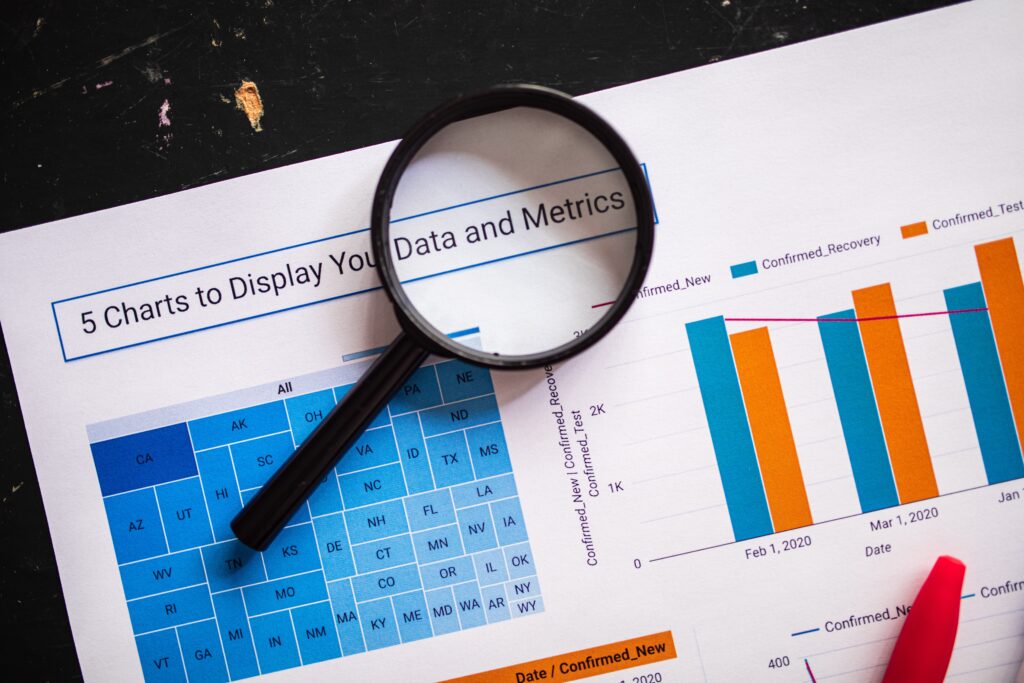Impacts of HR Analysis on Workforce Management: What are the best metrics to measure when doing HR analytics?
By © Etienne Pretorius 2023, all rights reserved

A powerful tool
HR analytics is a powerful tool that can help organizations improve their workforce management, recruitment, retention, and overall business outcomes. However, the key to successful HR analytics is to use the right metrics to measure performance and identify areas for improvement. In this article, we will explore some of the best metrics to measure when doing HR analytics.
Turnover rate
Turnover rate is one of the most important metrics to measure when doing HR analytics. It is the percentage of employees who leave the organization over a specific period of time. High turnover rates can be a sign of low employee engagement, poor leadership, or ineffective recruitment and retention strategies. It is a crucial metric as high turnover rates can be costly to an organization. By measuring turnover rates, organizations can identify the root causes of employee turnover and take steps to address them. The cost of employee turnover includes recruitment costs, lost productivity, and the need to train new employees. By monitoring the turnover rate, HR managers can identify issues that may be causing high employee turnover and take steps to address them. This can include improving employee engagement, providing more development opportunities, and enhancing the work environment.
Time-to-hire
Time-to-hire is the length of time it takes for an organization to fill a job vacancy. This metric is critical because the longer it takes to fill a vacancy, the longer the organization is without a key employee. This can lead to reduced productivity, increased workload on remaining staff, and higher costs associated with recruitment. By tracking time-to-hire, organizations can identify bottlenecks in the recruitment process and take steps to streamline it.
Employee engagement
Employee engagement is a measure of how committed and motivated employees are to their work and the organization. Engaged employees are more productive, more likely to stay with the organization, and more likely to be advocates for the company. By measuring employee engagement, organizations can identify areas where they can improve employee satisfaction and retention.
Absenteeism rate
Absenteeism rate is the percentage of employees who are absent from work due to illness, injury, or personal reasons. High absenteeism rates can indicate a lack of employee engagement, poor working conditions, or high stress levels. By measuring absenteeism rates, organizations can identify patterns and take steps to address the root causes of absenteeism.
Performance ratings
Performance ratings are a measure of how well employees are meeting the expectations of their job roles. By measuring performance ratings, organizations can identify top performers and those who may need additional support or training. Performance ratings can also help identify opportunities for employees to develop new skills and take on new responsibilities.
Cost per hire
Cost per hire is one of the most important ROI metrics to measure when doing HR analytics. It is a measure of the total cost incurred to hire a new employee. The cost per hire includes expenses related to advertising, recruiting, interviewing, and hiring. By tracking the cost per hire, HR managers can determine the efficiency of their recruitment processes and identify areas for improvement. A low cost per hire is an indication of an effective recruitment process, while a high cost per hire may signal that the recruitment process is inefficient and requires optimization. This metric also includes consideration of advertising, job board fees, recruiter fees, and any other expenses related to the recruitment process. By measuring cost per hire, organizations can identify ways to reduce costs associated with recruitment and improve the efficiency of the recruitment process.
Diversity metrics
Diversity metrics are measures of the representation of different demographic groups within the organization. By tracking diversity metrics, organizations can identify gaps in diversity and take steps to improve diversity and inclusion within the workforce.
Revenue per Employee
Revenue per employee measures the amount of revenue generated by each employee in the organization. It is a useful ROI metric as it indicates the overall productivity of the organization. By monitoring revenue per employee, HR managers can identify high-performing employees and take steps to replicate their success throughout the organization. This metric can also help managers identify areas for improvement, such as providing additional training or improving work processes.
Employee Productivity
Employee productivity measures the efficiency and output of employees. It is a critical ROI metric as it affects the organization’s overall profitability. By tracking employee productivity, HR managers can identify areas where employees may be struggling and provide additional training or resources to improve performance. This metric can also help managers identify high-performing employees and take steps to replicate their success throughout the organization.
Training and Development Costs
Training and development costs measure the expenses incurred to train and develop employees. This metric is essential as it can help HR managers determine the effectiveness of their training programs and identify areas for improvement. By monitoring training and development costs, HR managers can identify the most effective training methods and make changes to improve the return on investment.
Conclusion
In conclusion, HR analytics can be a powerful tool for organizations to improve their workforce management and business outcomes. However, the key to successful HR analytics is to use the right metrics to measure performance and identify areas for improvement. By tracking metrics such as turnover rate, time-to-hire, employee engagement, absenteeism rate, performance ratings, cost per hire, diversity metrics, and training and development metrics, organizations can make data-driven decisions and improve their HR practices.
Bibliography
Aguinis, H., & Solarino, A. M. (2020). Research methods for human resource management. Taylor & Francis.
Armstrong, M. (2012). Armstrong’s handbook of human resource management practice. Kogan Page Publishers.
Boudreau, J. W. (2015). Retooling HR: Using proven business tools to make better decisions about talent. Harvard Business Press.
Boudreau, J. W., & Ramstad, P. M. (2007). Beyond HR: The new science of human capital. Harvard Business Press.
Cascio, W. F. (2018). Managing human resources: Productivity, quality of work life, profits. McGraw-Hill Education.
Huselid, M. A. (1995). The impact of human resource management practices on turnover, productivity, and corporate financial performance. Academy of management journal, 38(3), 635-672.
Kavanagh, M. J., Gueutal, H. G., & Tannenbaum, S. I. (2013). Human resource information systems: Basics, applications, and future directions. Sage Publications.
Mello, J. A. (2015). Strategic human resource management. Cengage Learning.
Ulrich, D., & Brockbank, W. (2005). The HR value proposition. Harvard Business Press.
Wright, P. M., McMahan, G. C., & McWilliams, A. (1994). Human resources and sustained competitive advantage: A resource-based perspective. International Journal of Human Resource Management, 5(2), 301-326.
ChatGPT Mar 14 Version.
